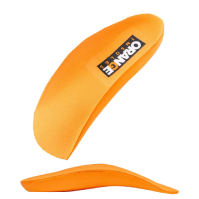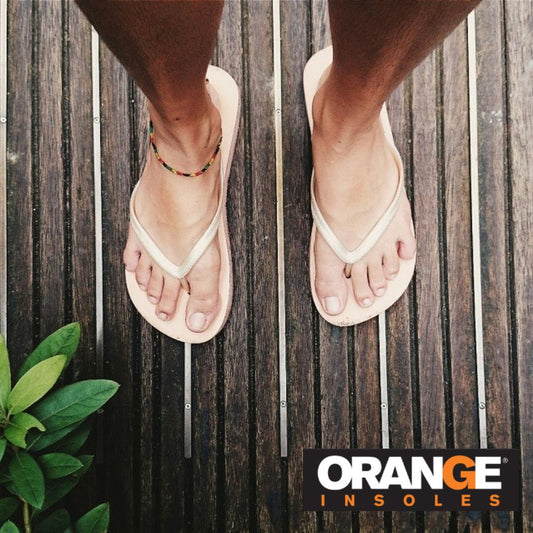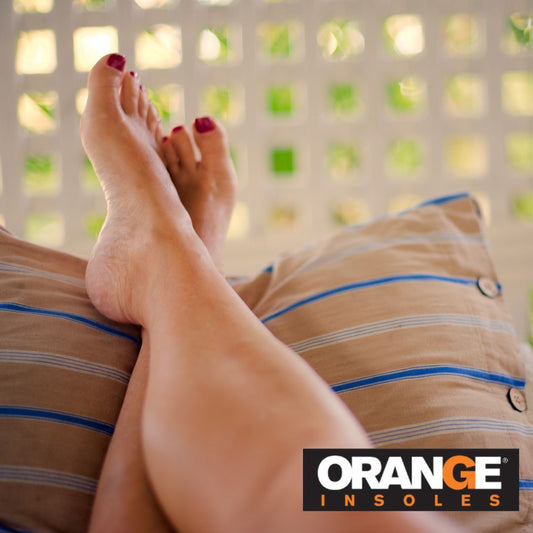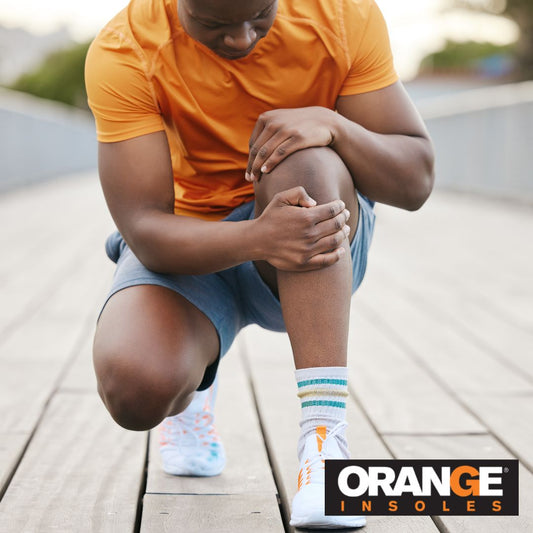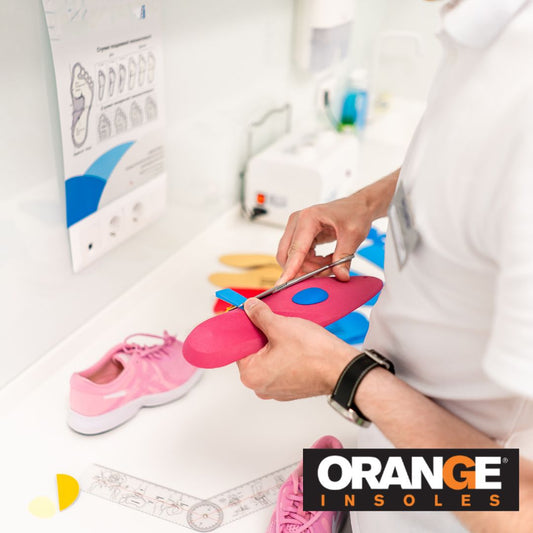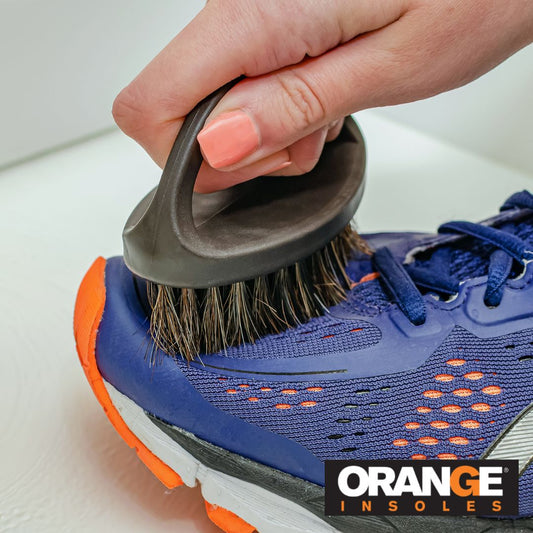Millions of Americans suffer from lower back and hip pain. In fact, many of our customers buy our insoles in order to find relief from these two ailments.
While there are many kinds of back pain, one of the more common ones we hear about is sciatica. Can insoles help with it?
What causes sciatica?
Your sciatic nerve is a large nerve that runs from your lower back down the backside of each leg. When pressure is put on the nerve, the pain spreads throughout your lower extremities causing sensations of numbness or tingling. For many people, the sensation passes quickly, but for others it can last for days or weeks.

Source: Webmd.com
You will want to work with your doctor to determine the precise cause of your sciatic pain. In general, though, sciatica can be caused by a number of maladies such as:
- Pelvic misalignment
- Herniated discs
- Degenerated disc disease
- Spinal Stenosis
- Spinal Tumor
- Piriformis Syndrome
- Sacroiliac joint inflammation
- Muscle strains
- Pregnancy
Treating Sciatica
For many people, sciatica is fleeting and goes away quickly. But, if the sensations associated with sciatica persist, you should consult a doctor. Based on diagnosing the underlying symptoms, he or she will work with you to put together an appropriate treatment plan.
This treatment plan can take many forms. For many people, treatment can be as simple as periodically applying ice & heat or taking nonsteroidal anti-inflammatory pain killers. There are also more natural remedies including spinal adjustments, stretching & strengthening exercises, and massage therapy. Natural supplements like CBD and turmeric may also help, though they take time to work.
In other cases, more significant measures such as oral steroids, injections, or surgery may be necessary. The appropriate path to healing will vary, which is why you need to make sure you see a doctor if your sciatica is chronic and persistent.
Preventing Sciatica
Like any form of wellness, preventing sciatica (or staying well once you’ve been healed of it) requires time and effort. A few things you can do to help prevent sciatica include:
- Maintaining good posture.
- Yoga & Stretching
- Massage Therapy
Good Posture
Good posture is key to preventing much lower back and hip pain. Our bodies are made to be balanced and stand erect, yet muscles that are underused or overused can lead to misalignment and poor posture.
This happens, for instance, when we spend too much time sitting at a desk and don’t get up enough to move around. Hip flexors tighten, hamstrings lengthen, the back weakens, and then you’re out of alignment. Misalignment places pressure on your sciatic nerve. This is just an example of what could happen, but, as you can see, seemingly innocuous behaviors can quickly compound into problems. If, like many people, you’re at a desk 8 hours a day, make sure you get up to move at least once an hour.
Yoga & Stretching
Holistic health plans, including yoga & stretching, are a great way to make sure your muscles stay strong and limber. As a practice, it works to help strengthen the core, lengthen the spine, and promote balance.
As an aside, if you’re in the practice of sitting all day, every day, a once-a-week yoga practice won’t be of much help. However, if you’re getting up and moving every hour (like we mentioned above) and making sure to practice stretching and strengthening regularly, you’ll notice the difference.
Massage Therapy
We all love massages. But there are real health benefits to receiving them including improved blood flow. When muscles are relaxed and blood is flowing freely, your body’s natural antibodies can get in and heal the inflammation that may be causing your pain. Moreover, endorphins are released, which feel good and act like natural pain relief.
Insoles for Sciatica
By themselves, insoles can’t prevent or heal sciatica. However, when combined with a good treatment plan, improved posture, yoga, and massage, the result is powerful. For instance, if you’ve been out of alignment for a long time, there’s a good chance that muscle and postural imbalances will continue to pull you out of alignment until you’ve fully healed or recovered. In this case, the right insole serves as a corrective by realigning your body while it recovers. They can help to correct habitual imbalances while you work through your treatment plan.
Choosing the Right Insole
Of course, choosing the right insole is a highly individualized choice. But, some of the factors you want to consider are:
- Are they gel or foam?
- How do they support your foot?
- What kind of shoe are you wearing it with?
Gel vs. Foam
Insoles are generally made of either gel or foam. Gel insoles are typically squishier and pretty comfortable. However, comfort is not the same as support and so may be less helpful in relieving pain caused by poor weight distribution or misalignment.
Foam insoles, on the other hand, provide better support and alignment - especially if you’re active.
Construction & Support
How the insole is constructed impacts its ability to support you as well. A deep heel cup stabilizes your heel, while medial arch support provides alignment and even weight distribution across your foot. A metatarsal pad helps to distribute forefoot pressure. When choosing an insole, you want to make sure it’s got these facets in order to get maximum help with support and alignment.
The Right Insole for Your Shoe
Finally, different insoles work better with different shoes. For example, if you’re wearing an athletic shoe or work boot, you want a full insole that goes under the original shoe’s lining. If you’re wearing a cleat or high heel, you still need support, but a lighter insole will fit better in the shoe.
Sciatica is uncomfortable, but largely treatable. By following a sound treatment plan and correcting the root cause, you can get better. A good insole can help you heal along the way. Then, hopefully, you won’t need it anymore. We’d love for you to send us your story when that happens.


